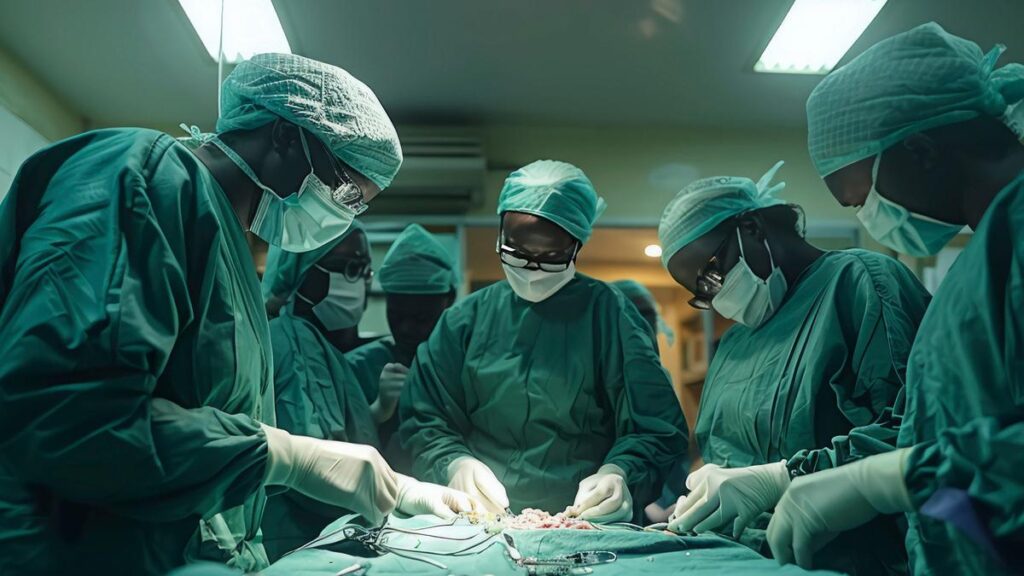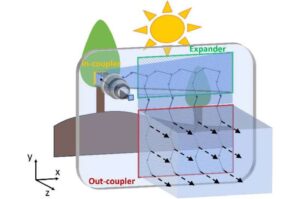
BREAKING: In a groundbreaking medical achievement, surgeons from Scotland and the United States have performed what is believed to be the world’s first remote stroke surgery using robotic technology. This innovative procedure could revolutionize emergency care for stroke patients, particularly in remote locations.
Earlier today, on October 12, 2023, Professor Iris Grunwald from the University of Dundee successfully conducted a robotic thrombectomy—the removal of blood clots post-stroke—on a human cadaver located at a separate facility. Shortly after, Dr. Ricardo Hanel, a neurosurgeon based in Florida, executed the same procedure from over 4,000 miles away. This remarkable feat is being hailed as the first transatlantic robotic operation of its kind.
The implications of this pioneering surgery are significant. According to researchers at the World Federation for Interventional Stroke Treatment, this innovation could save thousands of lives by drastically reducing treatment delays for stroke patients in areas where specialist surgeons are not available.
Professor Grunwald expressed the monumental nature of the achievement, stating, “It felt as if we were witnessing the first glimpse of the future. Where previously this was thought to be science fiction, we demonstrated that every step of the procedure can already be done.”
This development is not just a technological milestone; it represents a vital advancement in the fight against stroke-related morbidity and mortality. Stroke remains one of the leading causes of death and disability worldwide, and timely intervention is crucial for positive outcomes.
As the medical community processes this remarkable achievement, all eyes will be on future applications of robotic surgery in emergency care. The successful execution of remote surgery could pave the way for broader implementation of these technologies, potentially impacting millions of patients globally.
Stay tuned for more updates on this evolving story as researchers and medical professionals continue to explore the possibilities opened up by this incredible advancement in robotic surgery.





